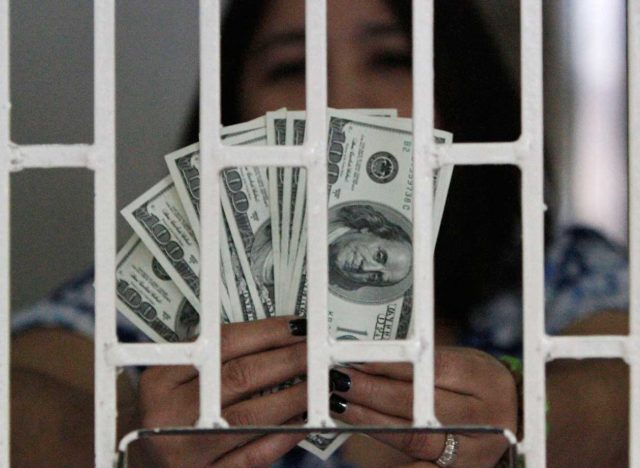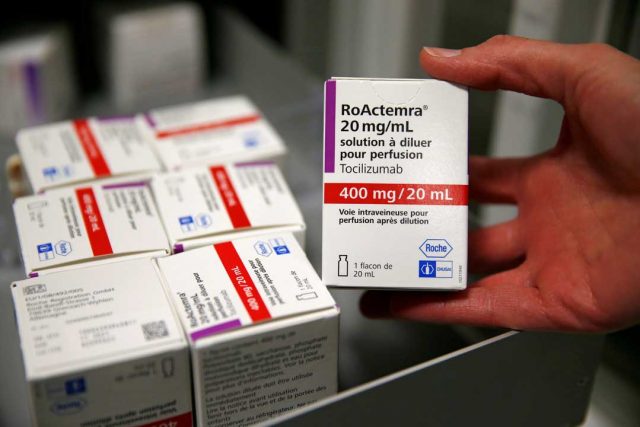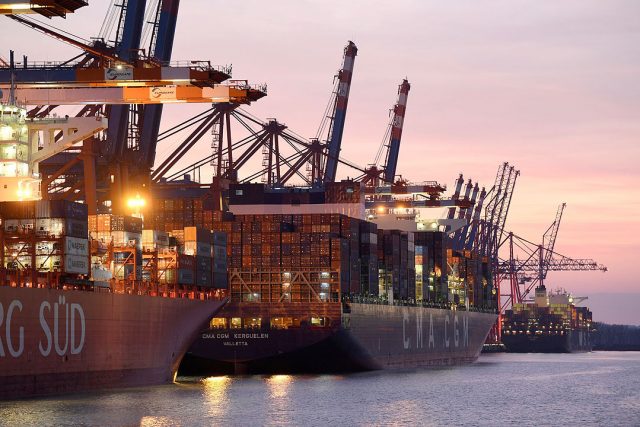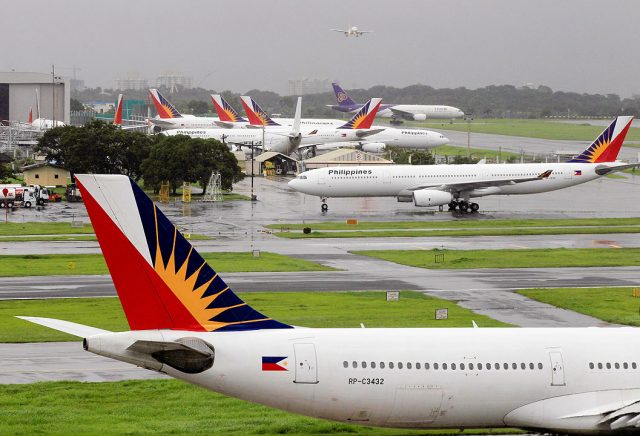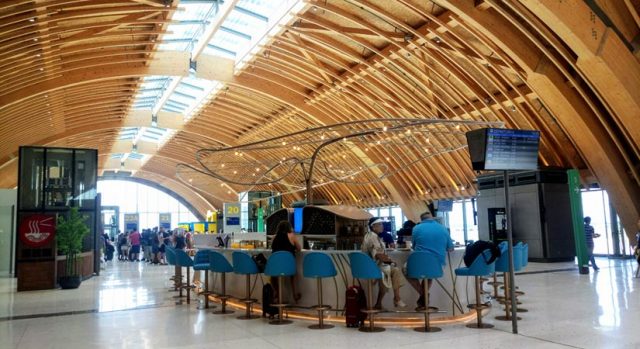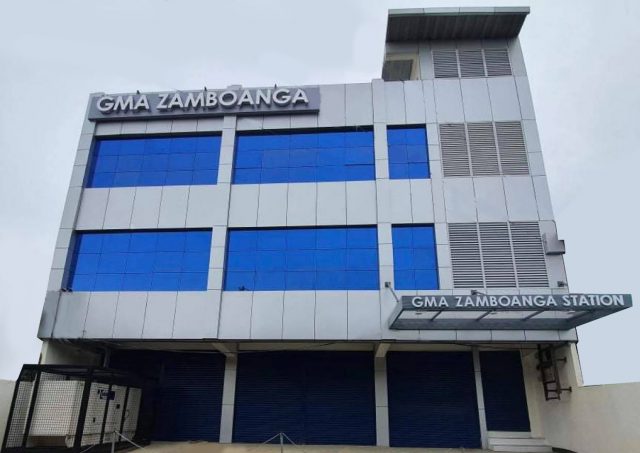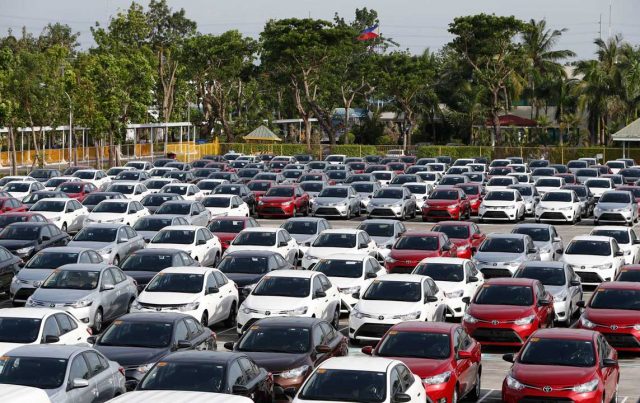Cash remittances up for 7th straight month in August
By Jenina P. Ibañez, Reporter
Money sent home by overseas Filipino workers (OFWs) increased for the seventh straight month as more host economies with high vaccination rates reopened.
Cash remittances rose 5.1% to $2.609 billion in August from $2.483 billion a year earlier, based on data released by the Bangko Sentral ng Pilipinas (BSP) on Friday.
“The growth in cash remittances was due to the increase in remittances from land-based workers and sea-based workers, which rose by 4.1 percent (to $2.032 billion from $1.952 billion) and 8.6 percent (to US$577 million from US$531 million), respectively,” the BSP said.
Cash remittances however declined 8.55% from $2.853 billion in July, which was the biggest inflow since the $2.89 billion in December 2020.
UnionBank of the Philippines, Inc. Chief Economist Ruben Carlo O. Asuncion said the month-on-month dip in cash remittances since July may have reflected recent risks arising from the more infectious Delta coronavirus disease 2019 (COVID-19) variant in host countries.
“But overall, it seems that recovery will continue especially for countries where our OFWs are located,” he said.
For the first eight months of 2021, total cash remittances went up 5.7% to $20.38 billion from $19.285 billion recorded in the same period last year.
The central bank said remittances from OFWs in the United States, Malaysia, and South Korea contributed to the boost in the year-to-date tally.
The US is still the biggest remittance source, followed by Singapore, Saudi Arabia, Japan, the United Kingdom, the United Arab Emirates, Canada, South Korea, Qatar, and Taiwan.
Combined remittances from these countries accounted for 78.8% of total cash remittances.
Rizal Commercial Banking Corp. (RCBC) Chief Economist Michael L. Ricafort said further reopening and recovery of many economies as they move closer to herd immunity against the COVID-19 led to the creation of more jobs for Filipinos.
“OFW remittances remain resilient despite the repatriation of more than 700,000 OFWs since the pandemic, given the increased social function of providing assistance to OFW families and dependents in the country adversely affected by the COVID-19 pandemic/lockdowns since last year, as well as the need to send more remittances to make up for higher inflation in recent months,” he said.
Metro Manila was under the strictest form of lockdown for two weeks in August to curb a fresh wave of COVID-19 infections.
UnionBank’s Mr. Asuncion said the bank expected this robust growth in August after it forecasted a 4.9% increase.
“With this latest data, our forecasts now tell us that 2021 OFW remittance inflow will grow by an average of 4.5%,” he said.
Mr. Asuncion said seasonal inflows ahead of the holidays may be higher than expected.
“This expectation fits in to our view that these inflows will underpin a strong (Philippine peso) narrative ready to counter (US dollar) strength due to a more hawkish US Fed and downward pressures from higher global oil prices,” he said.
Meanwhile, personal remittances, which include inflows in kind, jumped 4.8% to $2.889 billion in August from $2.756 billion a year earlier.
Year to date, personal remittances increased by 5.9% to $22.672 billion from $21.414 billion in the same period last year.
Remittance inflows support household spending, which makes up about 70% of the economy.
The BSP expects cash remittances grow 4% this year after declining by 0.8% in 2020.

